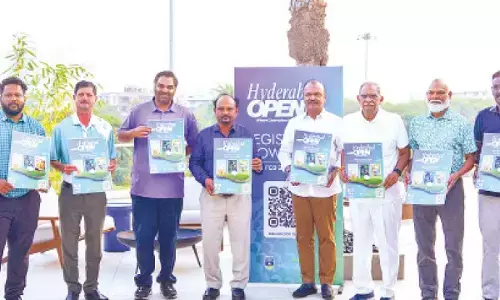World Architecture Day 2024: Shaping the Future of Sustainable Urban Design

Urban design is undergoing a transformation, with sustainability becoming a core focus.
Urban design is undergoing a transformation, with sustainability becoming a core focus. As cities face increasing challenges like climate change, pollution, and rapid population growth, the responsibility to create spaces that are resilient, environmentally conscious, and community-driven has never been more important. Architects, urban planners, and designers are at the forefront of this evolution, working to address the demands of today while preparing the next generation to continue advancing sustainable urban environments.
Empowering the Next Generation of Urban Designers
The need to educate and involve young architects in shaping the future of urban design is more critical than ever. Future architects and urban planners must be equipped with knowledge of sustainable practices, energy efficiency, and innovative mobility solutions. By providing the necessary tools and guidance, society ensures that the next generation will be capable of building greener, more sustainable cities that prioritize environmental stewardship alongside progress.
The Role of Green Spaces in Urban Sustainability
Sustainable architecture plays a pivotal role in addressing the environmental and social challenges of modern urban spaces. One key aspect of this is the integration of green spaces—such as parks, urban forests, and green roofs—within cities. These elements are not only aesthetically pleasing but also serve to enhance biodiversity, replenish groundwater, and mitigate the heat island effect common in densely populated areas. Beyond their environmental impact, green spaces also contribute to the mental and physical well-being of city residents.
Learning from Traditional Building Techniques
An important aspect of sustainable architecture involves drawing inspiration from traditional building practices, especially vernacular architecture, which is often climate-responsive and disaster-resistant. By blending local building techniques with modern technology, architects can create urban spaces that are both energy-efficient and resilient, better prepared to handle future uncertainties. This fusion of tradition and innovation ensures that urban design addresses both immediate and long-term challenges.
Efficient Resource Use and Biophilic Design
Sustainable architecture is about more than energy efficiency—it encompasses the responsible use of resources and the integration of design with the natural environment. This approach includes using renewable or locally sourced materials and incorporating passive design strategies, which reduce reliance on artificial heating, cooling, and lighting. Biophilic design, which connects people with nature through the inclusion of plants, water features, and natural light in buildings, is central to sustainable urban living. It not only lowers energy consumption but also promotes mental well-being and productivity.
Resilience Through Green Infrastructure
As cities become more vulnerable to extreme weather events, the need for resilient structures becomes increasingly important. Urban planners are advocating for the inclusion of green infrastructure, such as permeable pavements and rain gardens, to manage stormwater runoff and reduce urban flooding. These measures help protect cities from the impacts of climate change while also improving overall environmental conditions.
Rethinking Urban Transportation and Community Engagement
In addition to transforming the physical landscape, reimagining transportation systems is essential for reducing the environmental footprint of cities. By prioritizing pedestrians, cyclists, and public transit, cities can reduce car dependency, improve accessibility, and lower pollution levels. The creation of car-free zones and walkable urban areas fosters stronger community connections while promoting a healthier and more sustainable way of living.
Engaging local residents in the urban design process is also crucial. Public forums, workshops, and community feedback mechanisms ensure that new developments align with the needs and priorities of the people who live in these spaces. Sustainable practices, such as promoting local food systems and encouraging energy conservation, further support the development of environmentally responsible urban communities.
A Roadmap for Sustainable Urban Futures
As cities continue to grow, the importance of sustainable architecture will only increase. By integrating green spaces, embracing renewable materials, promoting passive design strategies, and involving local communities, architects are shaping urban environments that meet the needs of today while safeguarding the future. With a focus on empowering the next generation of urban designers, society is laying the groundwork for cities that balance progress with environmental responsibility. These efforts are creating a blueprint for a future where urban spaces are not just built but nurtured for the well-being, sustainability, and resilience of their inhabitants.




















